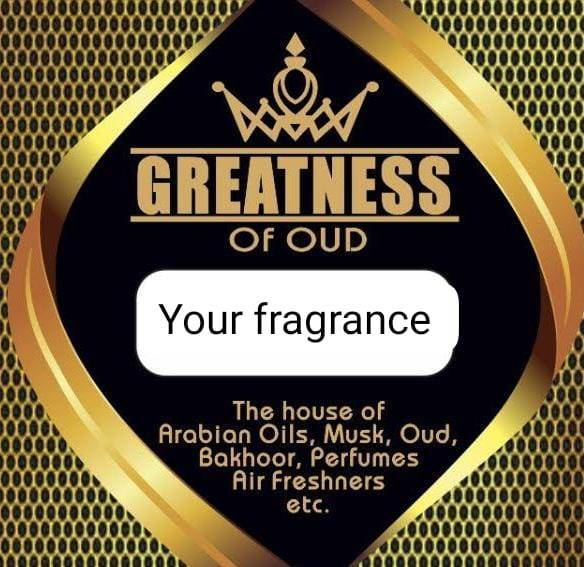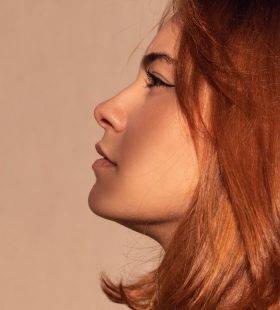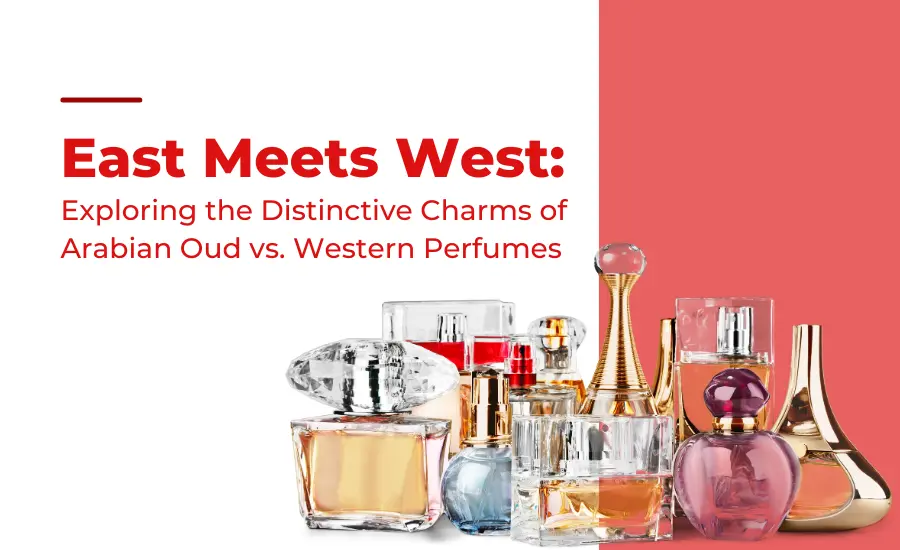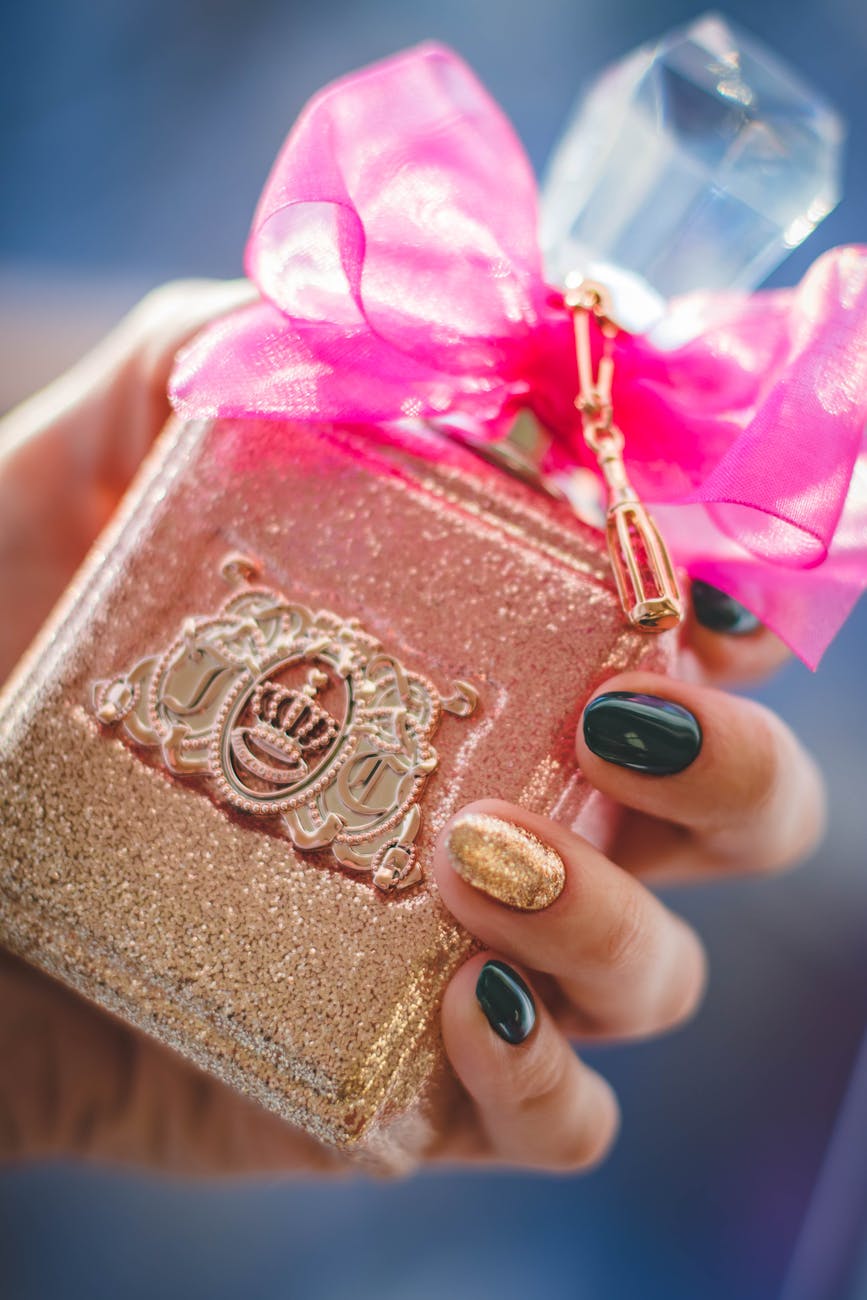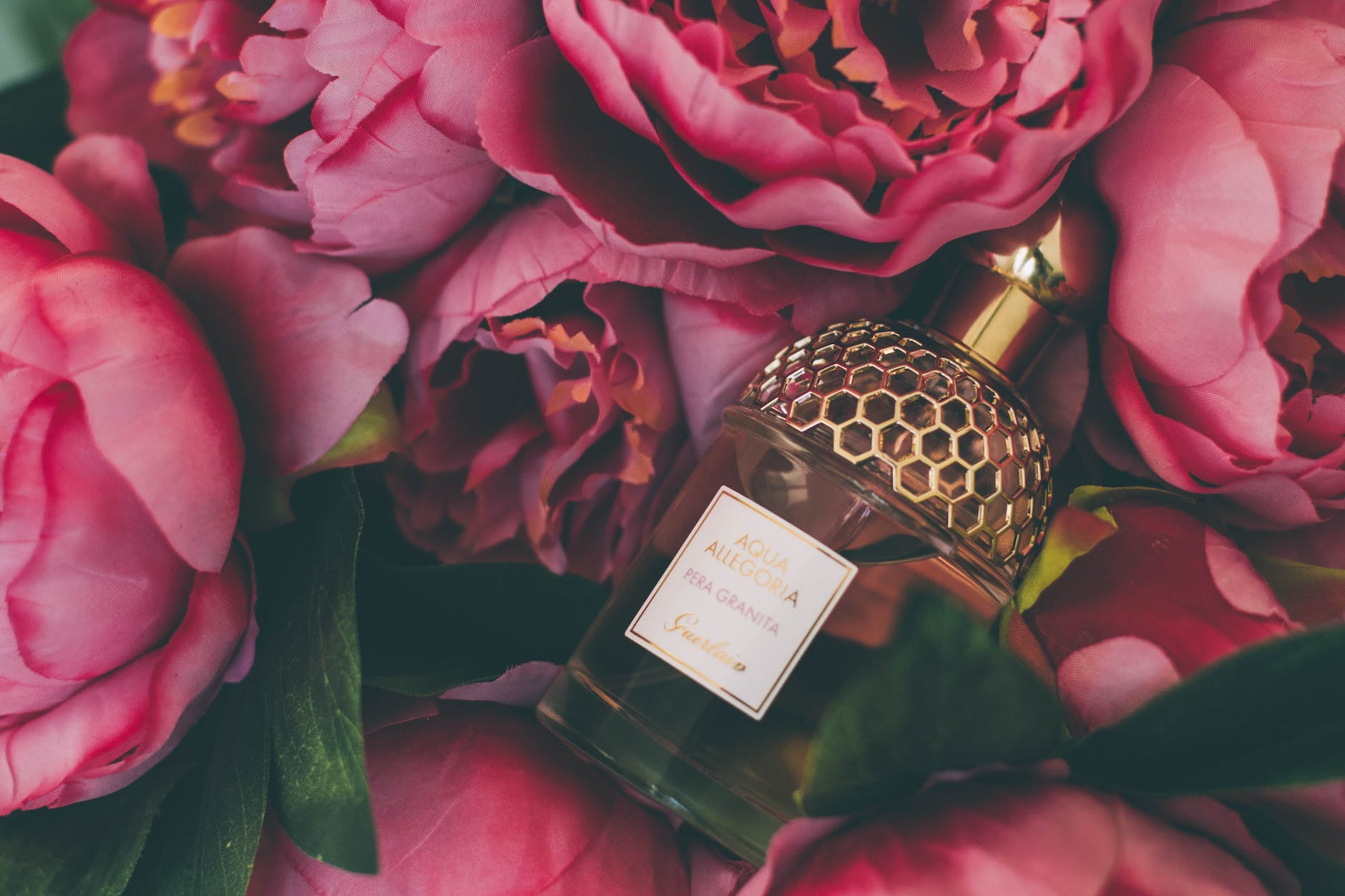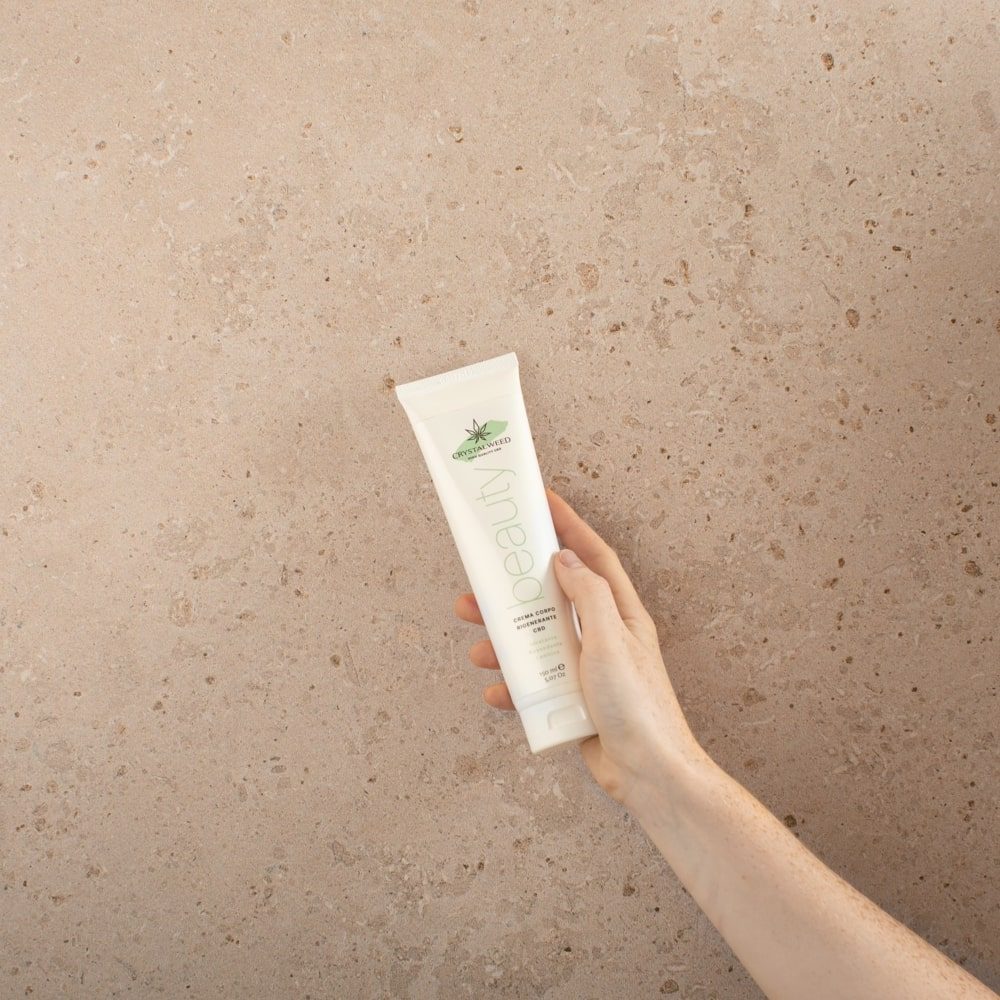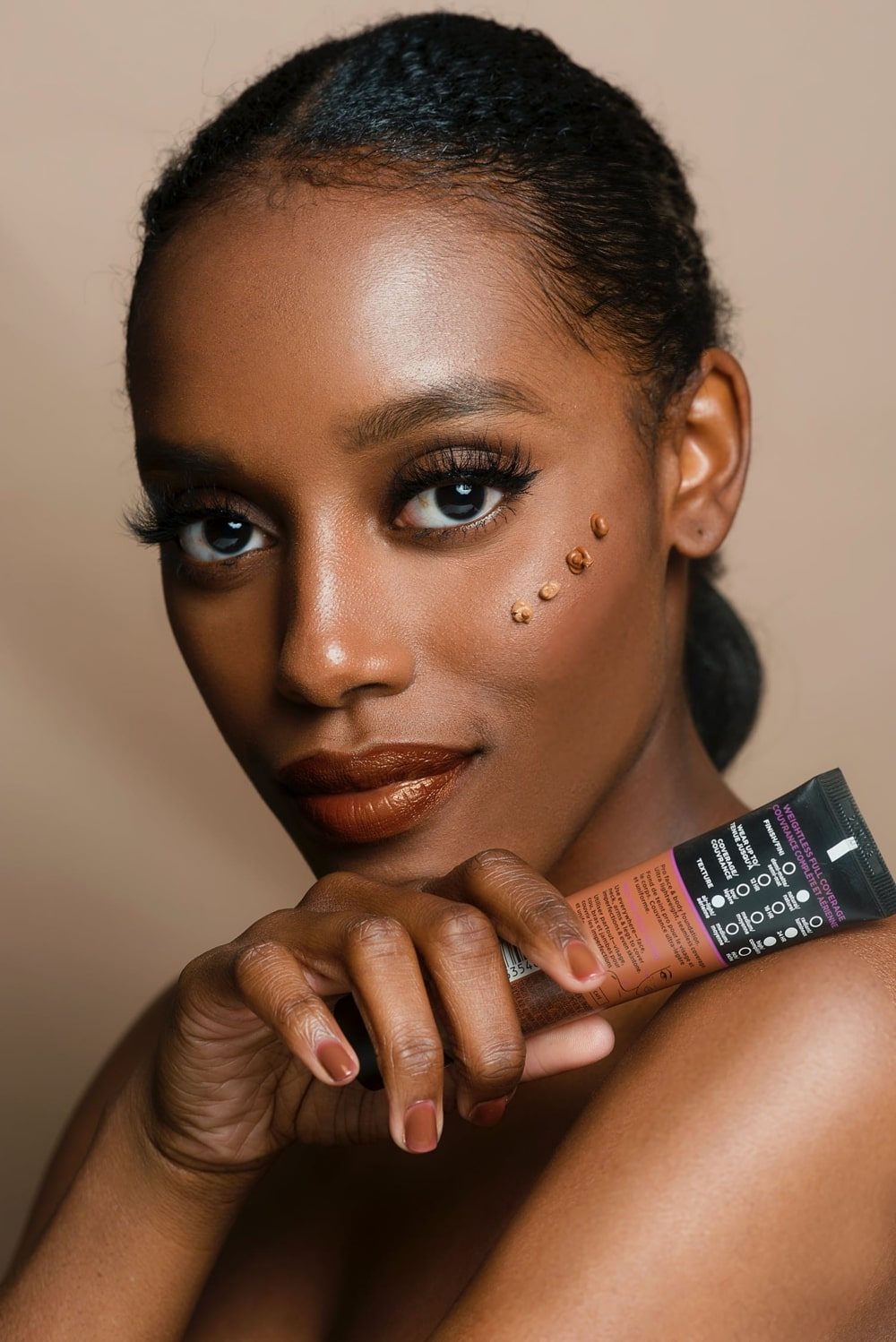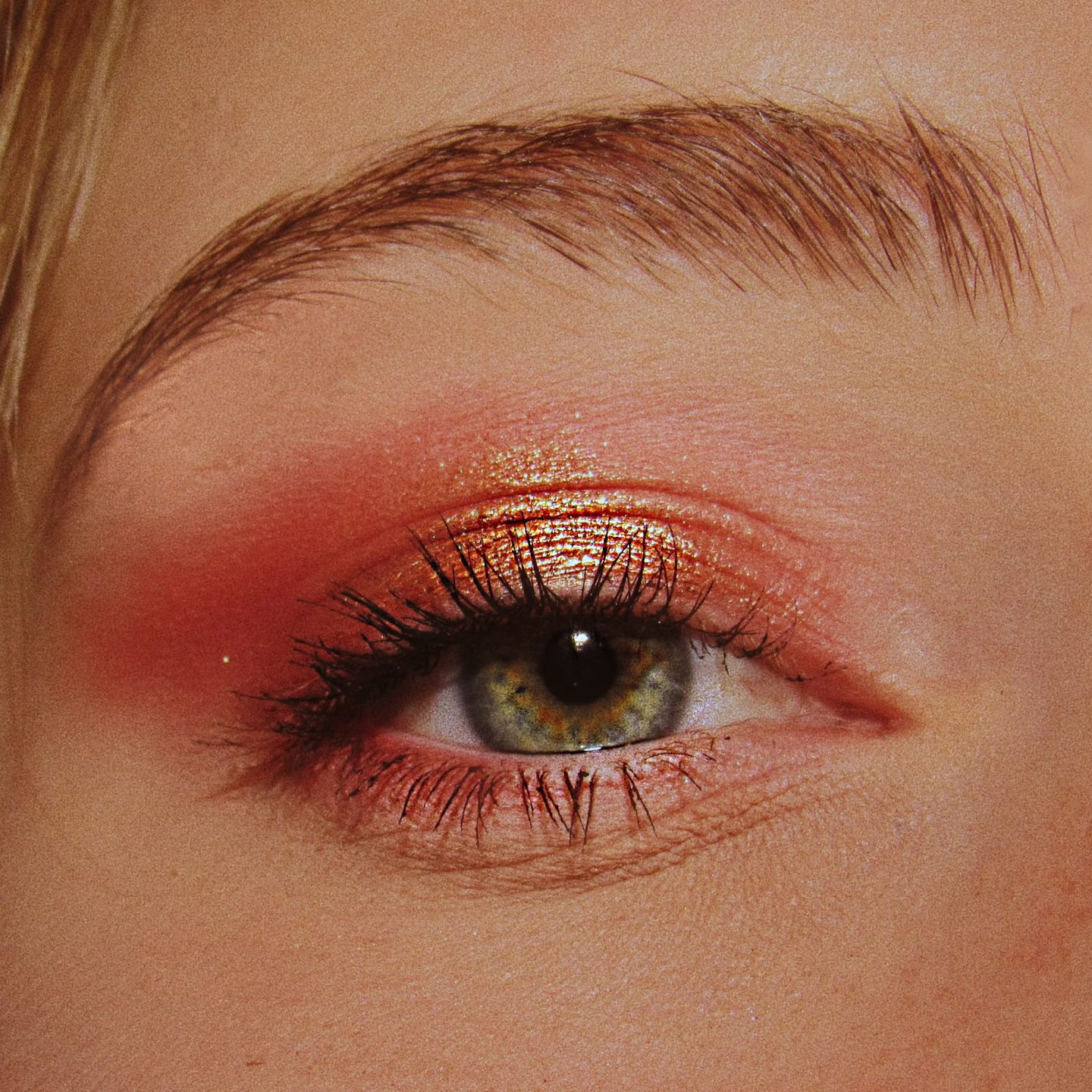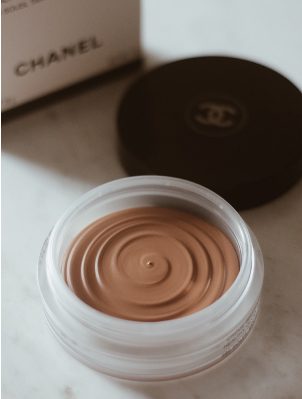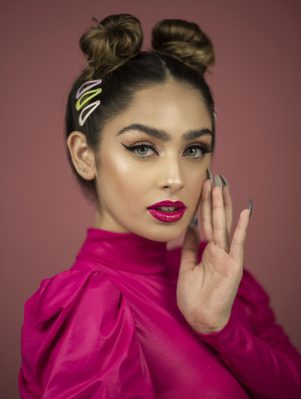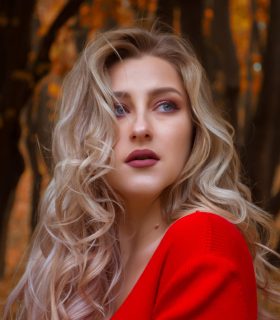Shopping Cart
- (316) 555-0116
- [email protected]
- 4517 Washington Ave. Manchester, Kentucky 39495
© 2022 Enzian. DESIGNED BY LA-STUDIO
The Blog
/
/
/
/
/
East Meets West: Exploring the Distinctive Charms of Arabian Oud vs. Western Perfumes
East Meets West: Exploring the Distinctive Charms of Arabian Oud vs. Western Perfumes
Have you ever noticed that some scents transport you to a bustling spice market while others transport you to a quiet lavender field? It’s magic. Are you fascinated? This isn’t just a deep dive into Arabian Oud. It’s like a behind-the-scenes look at culture, history, and serious craftsmanship. I can’t wait to be your tour guide on this amazing trip. We explore the question: What makes these fragrance worlds unique? It’s like a cultural exchange but for the nose. We talk about their origins, unique ingredients, and all the great things that make them stand out. I promise that by the time you finish reading this article, not only will your nose thank you, but you will have a greater appreciation for flavors from around the world.
Understanding Oriental Scents
Arabian Oud, also known as oriental perfumes, are the mysterious rebels of the fragrance world. These are directly based on Middle Eastern perfume traditions and embody the overall vibe. At the heart of these fragrances are pleasant notes of amber, very strong oud, and musk that simply envelop the senses. It has a depth and complexity not often found in Western fragrances. Check out Arabian Oud. It’s like a behind-the-scenes tour of this fascinating fragrance category.
Arabian Oud: A Journey through Time
The art of creating Arabian Oud is not a modern trend. This is an old story dating back to the days of ancient Persia and Egypt. People used these scents not only for smelling wonderful scents but also for spiritual rituals. If you’re a history buff, you should check out the Perfume Society’s overview of this era. It’s real and get this: This isn’t just about creating a killer smell. Oriental perfumes are like time capsules. Every bottle carries a cultural heritage that is passed down from generation to generation. In other words, it doesn’t just smell nice when you spray it. You are also part of the tradition.
Arabian Oud: An Evolving yet Deeply Rooted Tradition
Arabian Oud have come a long way, but they still have a classic appeal, thanks to ingredients such as frankincense and myrrh. It’s like remixing an old song but keeping a killer chorus. If you’re curious about how this evolved, the Cologni Foundation has a great post about the twists and turns of perfume-making over time. And what about the manufacture of these fragrances? Oh, this is no coincidence. I feel like I’m a master chef with just my nose. Every drop has to be in the right place to get the perfect mixture. Bold but balanced. It’s an art form, no doubt about it.
Oriental and Western fragrances
Comparison between Arabian Oud and Western perfumes each have their charm, but their composition and properties are very different. Eastern scents tend to be more luxurious, with bolder base notes compared to the lighter top notes of Western scents. Arabian Oud’s discussion of the Comparison between Arabian Oud and Western perfume preferences provides an insightful comparison between the two.
Distinguishing between Eastern and Western scents
Understanding the Comparison between Arabian Oud and Western perfume is more than just smelling them. You can also immerse yourself in cultural nuances, traditional customs, and unique ingredients.
Fragrance Profile: Comparing East and West
Arabian Oud often contains rich, luxurious scents that reflect their deep-rooted history in perfumery. Ingredients such as oud, amber, and musk often play a role, giving these scents an intense yet mysterious profile. On the other hand, Western perfumes tend to have lighter scents. Think fresh florals and zesty citrus notes as seen on popular fragrance charts. They offer a more minimalist approach to scent creation that resonates with their audience.
Cultural Influences on Scent Selection
Societal preferences also play a large role. In the East, rituals are integrated into daily life. Think of burning incense at a temple. Heavy scents are appealing because they reflect these experiences. This BBC report (source) provides further insight into this fascinating aspect of culture that influences scent choices. In contrast to the West? Cleanliness is highly valued, and people prefer freshly washed soaps and scents.
Abundance of Nature: Differences between Eastern and Western
Raw Materials Perfume raw materials vary greatly depending on geographical location due to differences in climate and flora. Eastern scents often include spices, resins, and exotic woods, while Western scents rely on fresh flowers, fruits, and herbs. Have you ever heard of oud, a key ingredient in many Middle Eastern perfumes? This rare resinous heartwood comes from the Aquilaria tree, which is native to Southeast Asia. On the other hand, lavender. It is popular with Western perfume makers and is often found in the Provence region of France.
Artistry: The Creation of Perfume
The artistry that goes into creating these fragrances also sets them apart. In the East, perfume-making has been an integral part of culture for centuries. It is an important tradition that is passed down from generation to generation. In contrast, Western cultures take a different approach to perfume making.
Origin of Oriental Perfume
Arabian Oud is not only a hit because of its wonderful scent. They also have such rich backstories. The birthplace of these exotic scents is the Middle East, where creating a scent is as revered as painting a masterpiece. Its roots go back to ancient Egypt and Persia. Imagine people applying aromatic oils to themselves for sacred rituals or simply to look or smell better. The Egyptians were keen to use substances such as frankincense and myrrh, ingredients that still rock the scent world today. Therefore, when you wear an oriental perfume, you are essentially carrying a piece of history inside you.
Ancient Techniques Still Used Today
So, the early perfumers weren’t just playing around. They were aiming for real science. They devised methods like distillation to squeeze out the purest botanical goodness. These techniques are still used today in prestigious oriental fragrances. And here’s the mind-blowing part: They discovered that some scents can change your mood and the way you think. Yes, this is almost the basis of what we today call aromatherapy. Modern research is catching up to the mind-disconcerting power of scent, which ancient Arab cultures knew long ago. In a good way, of course.
Influence on Western Perfume Making
Oriental fragrance techniques also had a major influence on Western perfume making. When trade routes were opened between East and West in the 14th century Arabic spices began to be integrated into European blends. This mix created a new genre. An oriental fragrance with clear notes of spice, resin, and wood. The Arabian custom of layering different scents was also introduced to the West. Layering allows for a personalized fragrance experience throughout the day. This concept is still highly appreciated by fragrance lovers.
Oriental Fragrance Today
Oriental Fragrance occupies a special place in the world of modern perfumery. Why? Unlike Western scents, it provides a unique and rich scent experience. What attracts us is its complexity. Think sweet vanilla mixed with sharp patchouli and musk. This fascinating contrast is what sets them apart.
Arabian Perfume: Unique Scent
Does it sound like Arabian perfume? Definitely in a league of its own. It’s a mix of irresistible and magical atmosphere, like a one-way ticket to the Middle East. Seriously, one sniff and your mind wanders to bustling bazaars and ancient palaces.
Magic in a Bottle
In a way, Arabian perfumes are like time machines in a bottle. It’s not just the scent. It’s like capturing ancient stories and traditions that have been passed down through the centuries. Just one spritz will not only give you a nice scent but They tap into their entire heritage. Unlike Western perfumes, which tend to lean toward floral and fruity scents, these scents are bold, rich, and have deep connections to cultural heritage. This uniqueness comes from the materials used. Oud, one of the most expensive woods in the world, forms the backbone of many Arabic fragrances. Amber and musk add warmth, while exotic spices add character.
Share
Share on facebook
Share on twitter
Share on linkedin
Categories
Popular Post
March 16, 2024
March 1, 2024
February 27, 2024
Instagram
Tags
Aerin Amber Musk
Amber Musk
Arabian Oud
Arabian Oud Perfume
Arabian perfume
Arabian perfumes
Arabic Perfume
Arabic Perfume UK
Armani Privé
best-selling perfumes
Best Perfumes
Best Perfumes for Men
Body Spray
Boss Bottled
Boss Bottled Deodorant
Boss Deodorants
Boss Deodorants for Men
Classic Musk
Eau de Parfum
Feminine Scents
Fragrance
Fresh Fragrance
Jo Malone Wood Sage
Louis Vuitton
Musk
musk body spray
Musk Chamal
musk perfume
Musk Perfume Online
Musk Perfumes
Musk Perfumes for Men
Ombre Nomade
Oriental fragrances
Oud
Oud Scents
Perfume
Perfume Oils
Perfume Oils UK
Perfumes
Perfumes for Men
Perfumes Oils
Perfumes UK
Signature Scent
white musk
Woody Aroma
© 2023 Greatness of Oud. All Rights Reserved.

